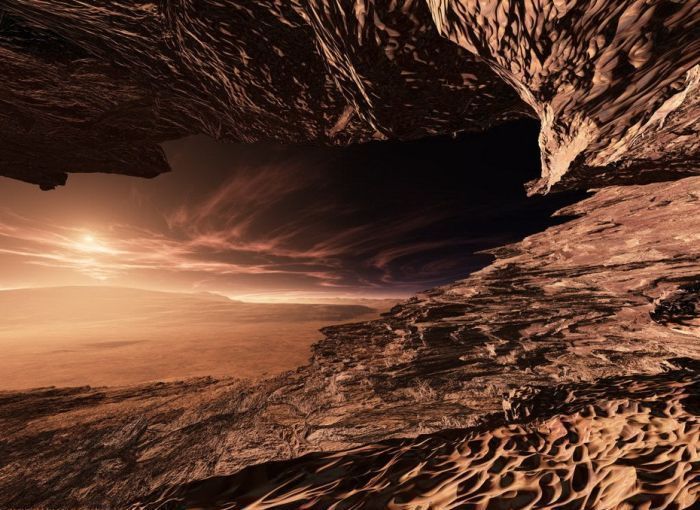|
|
Artistic Rendering Of Mars
|
In the fourth century BCE, Aristotle noted that Mars disappeared behind the Moon during an occultation, indicating the planet was farther away. Ptolemy, a Greek living in Alexandria, attempted to address the problem of the orbital motion of Mars. Ptolemy's model and his collective work on astronomy was presented in the multi-volume collection Almagest, which became the authoritative treatise on Western astronomy for the next fourteen centuries. Literature from ancient China confirms that Mars was known by Chinese astronomers by no later than the fourth century BCE. In the fifth century CE, the Indian astronomical text Surya Siddhanta estimated the diameter of Mars.
During the seventeenth century, Tycho Brahe measured the diurnal parallax of Mars that Johannes Kepler used to make a preliminary calculation of the relative distance to the planet. When the telescope became available, the diurnal parallax of Mars was again measured in an effort to determine the Sun-Earth distance. This was first performed by Giovanni Domenico Cassini in 1672. However, the early parallax measurements were hampered by the quality of the instruments. The only occultation of Mars by Venus observed was that of October 13, 1590, seen by Michael Maestlin at Heidelberg. In 1610, Mars was viewed by Galileo Galilei, who was first to see it via telescope. The first person to draw a map of Mars that displayed any terrain features was the Dutch astronomer Christiaan Huygens.
|
|









